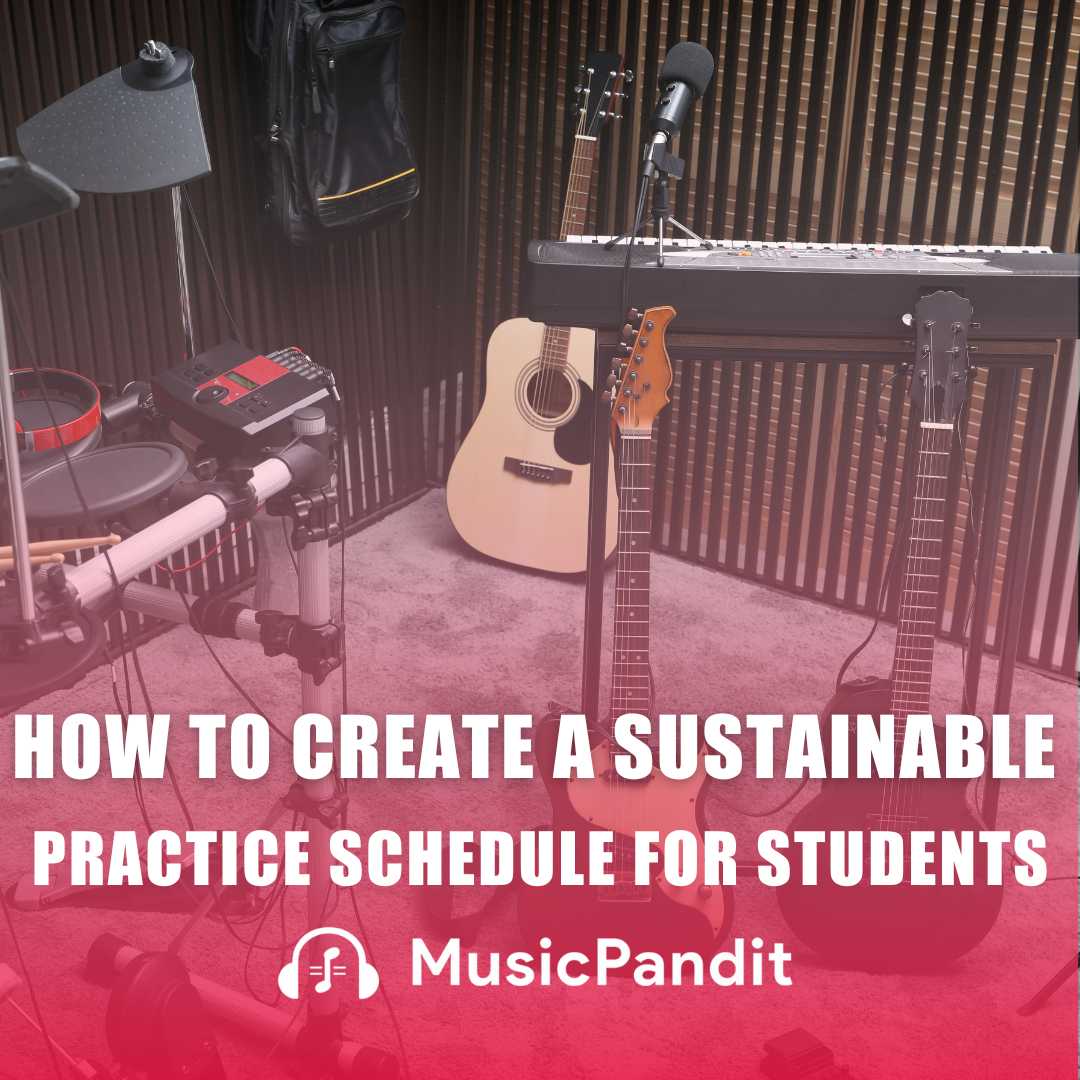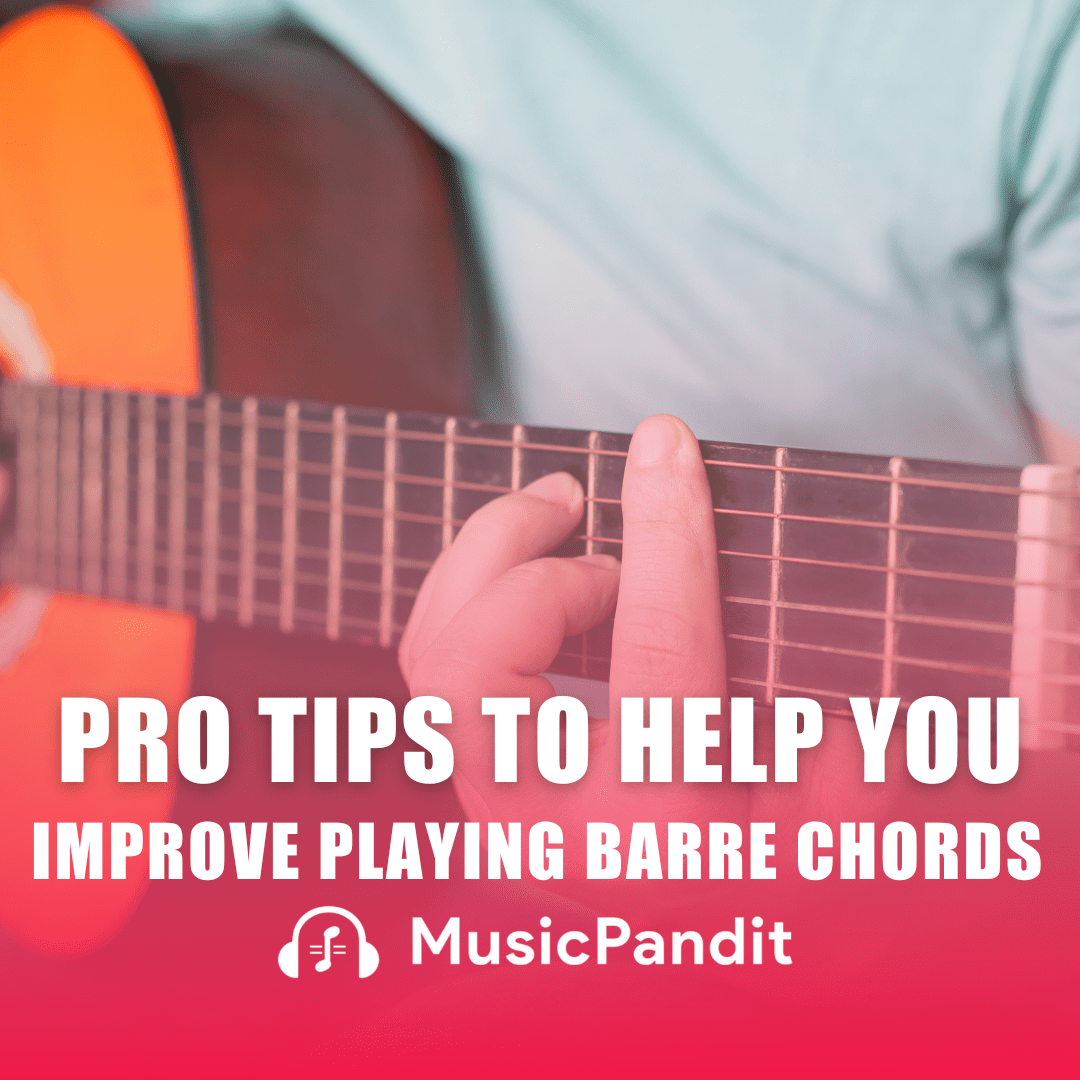Teaching your child proper hand positioning on the keyboard is crucial for their achievement in keyboard classes. Correct posture and finger placement can make a substantial difference in their potential to play correctly and efficiently.
Understanding the significance of a good keyboard hand placement from the start will not only enhance their keyboard exercise but also save you potential and unnecessary habits as they develop.
The Significance of Correct Hand and Finger Positioning
Correct hand and finger positioning is the cornerstone of a successful keyboard playing. Proper keyboard finger position guarantees that your child can pass fluidly across the keys, improving their potential to play complicated pieces with no trouble. Additionally, maintaining the right posture and keyboard hand placement reduces the chance of pressure or injury, which is especially critical for young newcomers with developing muscle tissues and bones. Starting with the right conduct sets the degree for a lifelong entertainment of song.
Beyond bodily comfort, good hand positioning aids within the improvement of musical expression. When youngsters are taught to put their fingers efficiently, they could better manipulate dynamics, articulation, and phrasing. This control permits them to carry emotion through their playing, making their performances more engaging and expressive. Encouraging accurate positioning early on in keyboard lessons enables in nurturing these essential musical abilities.
Lastly, instilling the importance of hand positioning can boost your child’s confidence at the keyboard. When they’re comfortable with their hand placement, they’re much less probable to stumble over notes and much more likely to enjoy their practice classes. Confidence in their talents motivates them to practise more always, leading to regular development and a deeper connection to the track they are learning.
Getting Ready to Teach Keyboarding Skills
Before diving into keyboard exercise, it is important to set up a conducive to learning the environment. Ensure that the keyboard or keyboard is at the best peak for your child to reach the keys without problems. The bench or seat ought to allow their toes to rest flat at the ground, with their elbows slightly above the keyboard whilst their arms are positioned at the keys. This setup is critical for preserving right keyboard hand placement and stopping stress all through practice.
Introduce your child to the keyboard with simple finger physical games that emphasise correct positioning. Start with fundamental five-finger patterns, where each finger is assigned to one key, selling independence and energy in every finger. Encourage your child to curve their fingers evidently, retaining their knuckles accelerated, that’s vital for maintaining right keyboard hands function. These initial physical activities help construct a solid foundation for more advanced techniques.
It’s also beneficial to include fun and tasty activities that enhance the perfect hand positioning. For example, you can use games or visible aids like stickers at the keys to help your child recollect wherein their arms should be positioned. Making the learning methods enjoyable will maintain their interest and influence, turning what can be a hard task into an exciting part of their keyboard instructions.
Instructional Methods and Exercises
One powerful approach to train proper hand positioning is the “shadowing” method, in which your child mirrors your hand moves at the keyboard. Sit beside them, demonstrating the correct posture and finger placement, and ask them to imitate your moves. This palms-on method lets them sense the suitable keyboard hand placement and understand how their fingers should flow across the keys.
Finger drills and scales are crucial sporting activities for boosting proper positioning. Start with simple C most important scales, encouraging your child to maintain their arms curved and their wrists comfortable. Gradually introduce more scales and finger styles as they emerge as extra comfortable, ensuring they preserve the perfect keyboard hands role throughout. These repetitive exercises help build muscle reminiscence, making right hand positioning a natural part of their keyboard practice.
Another instructional method is to use slow practice strategies. Have your child play pieces at a slower tempo, that specialise in retaining the suitable hand and finger placement. This sluggish and deliberate method allows them to concentrate on their approach, ensuring that they’re no longer rushing through their movements and inadvertently developing terrible conduct. As they benefit self belief, they can gradually increase the tempo, always prioritising correct positioning.
Typical Problems and Their Fixes
One commonplace issue children face is collapsing palms, wherein the knuckles cave inwards, leading to negative manage and capability strain. To correct this, encourage your child to imagine they’re protecting a small ball in their hand whilst playing. This mental photograph enables them to hold the right curve in their palms, ensuring better keyboard hands position throughout their practice periods.
Another regular hassle is incorrect wrist positioning, which can cause tension and pain. If your child tends to lift their wrists too high or allow them to drop too low, remind them to keep their wrists level with the keyboard. You can surround a small object like a coin at the lower back of their hand at the same time as they play; if the coin stays in location, their wrist is in the best position. This simple workout reinforces the significance of retaining a relaxed and level wrist for the duration of keyboard practice.
Lastly, watch out for needless anxiety inside the fingers and shoulders. Children regularly worry while they’re unsure in their actions, leading to stiff and awkward playing. Encourage your child to take deep breaths and loosen up their shoulders while playing. Regularly remind them to shake out their fingers and arms throughout breaks, releasing any built-up tension and selling a more herbal and fluid keyboard hand placement.
Technical Strategies for Enhancing Performance
To in addition beautify your child’s keyboard exercise, introduce them to technical sporting activities that challenge their hand positioning and finger power. Arpeggios are in particular useful for this reason, as they require clean transitions among specific hand positions. Start with simple arpeggios in C important, ensuring that your child maintains correct hand and finger placement as they pass up and down the keyboard. These exercises enhance each hand’s flexibility and ordinary approach.
Incorporating rhythm sporting events can also assist in refining hand positioning. Use a metronome all through practice to make certain that your child is playing in time even as preserving proper keyboard hands position. Playing in rhythm allows in coordinating the actions of each hand, making it simpler to manipulate complicated pieces in the destiny. Emphasising the importance of rhythm and timing early on will significantly advantage your child’s standard musical development.
Another effective method is to integrate pieces that focus on hand independence. These pieces regularly require different hand positions and moves, difficult for your child to maintain accurate posture and location for the duration of. As they prepare, inspire them to pay in interest to how their hands flow independently at the same time as nevertheless adhering to right keyboard hand placement. This no longer simplest enhances their technical capabilities but additionally boosts their self belief in playing greater elaborate compositions.
Conclusion
Teaching your child the proper hand positioning at the keyboard is a crucial step in their musical adventure. By emphasising the importance of correct hand and finger placement, preparing successfully, the usage of focused academic strategies, addressing common problems, and incorporating technical strategies, you may assist them expand a strong foundation for their keyboard training. With regular exercise and guidance, your child may be expert on their way to studying the keyboard and taking part in the numerous achievements that come with playing the keyboard.















